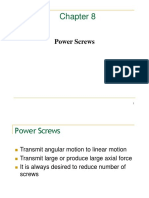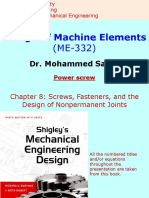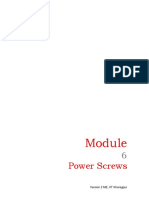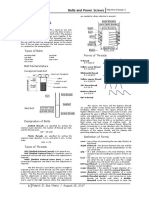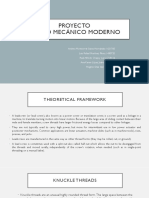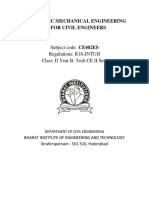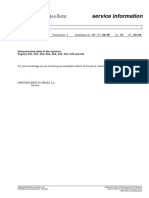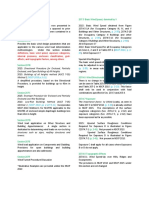0% found this document useful (0 votes)
53 views8 pagesChapter 8
Chapter 8 discusses the standards and definitions related to screws and fasteners, including key measurements such as pitch, major diameter, and minor diameter. It explains the mechanics of power screws, their applications in machinery, and provides formulas for stress analysis in screw bodies and threads. The chapter also includes an example problem to illustrate the calculations involved in determining various stresses and efficiencies in power screws.
Uploaded by
Osman Gani AkashCopyright
© © All Rights Reserved
We take content rights seriously. If you suspect this is your content, claim it here.
Available Formats
Download as DOCX, PDF, TXT or read online on Scribd
0% found this document useful (0 votes)
53 views8 pagesChapter 8
Chapter 8 discusses the standards and definitions related to screws and fasteners, including key measurements such as pitch, major diameter, and minor diameter. It explains the mechanics of power screws, their applications in machinery, and provides formulas for stress analysis in screw bodies and threads. The chapter also includes an example problem to illustrate the calculations involved in determining various stresses and efficiencies in power screws.
Uploaded by
Osman Gani AkashCopyright
© © All Rights Reserved
We take content rights seriously. If you suspect this is your content, claim it here.
Available Formats
Download as DOCX, PDF, TXT or read online on Scribd
/ 8


